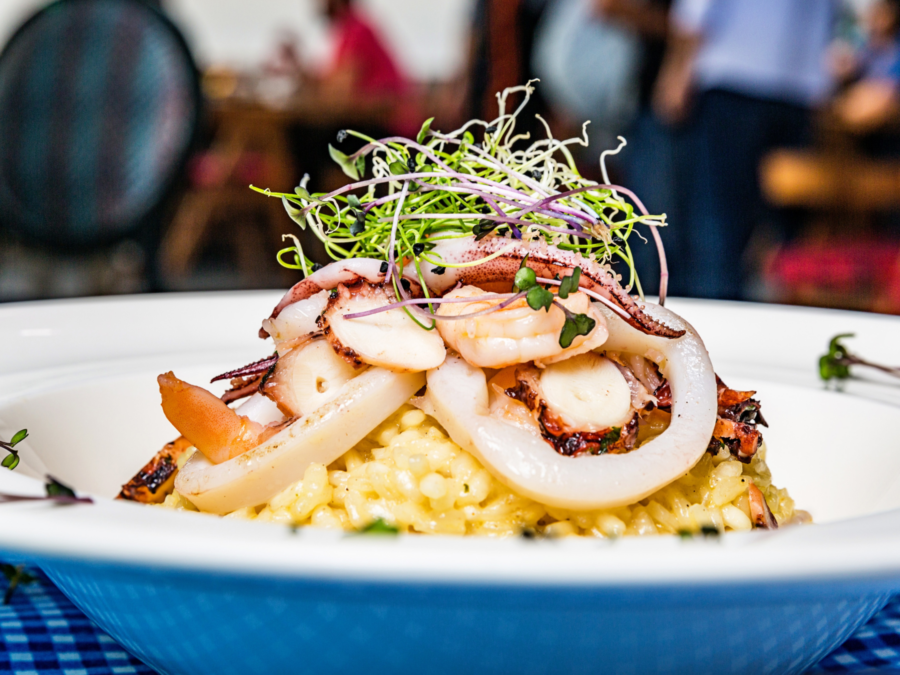
Be it on the rooftops of Melbourne’s Federation Square or atop Hong Kong’s skyscrapers, urban apiaries are thriving all around the world. Honeybee guardians have leapt to the endangered insect’s rescue, promising all-you-can-eat floras, luxurious hives and respite from the dangers of insecticides (a primary cause for the decline in wild honeybees). Not only have cities proved more hospitable environments for bees than first thought, studies have shown that eating local honey helps alleviate allergies. Meanwhile, concerns that urban-honey is contaminated by pollution have been disproved as bees have the facility to filter out toxins.
Here, Romy van den Broeke takes a look at a series of rooftop hives across the globe.
Melbourne, Australia
A surge of bee-housing schemes have popped-up across the low-lying rooftops of Melbourne, with sustainability-warrior Melbourne Rooftop Honey nurturing the city’s buzzing brood. The honey contains a trace of menthol from the city’s vast numbers of Eucalyptus trees.
New York, USA
Awash with Lime trees, cherry blossoms and oak trees, Brooklyn and its surroundings have become an ideal home for the honeybee. With a little help from urban beekeepers, Brooklyn Grange Farm, the bees also feed from potted marigolds, sunflowers and asters, giving the honey its floral flavour, while Lime trees give it a notable tang.
Kwun Tong, Hong Kong
Nestled in between mountains and forests, Hong Kong is a haven for the city bee with eucalyptus, Lychee and Logan fruit trees at their disposal, as well as a range of urban plants such as golden rod, bauhinia flowers and wildflowers. Batches of honey from farmers, HK Honey, are varied, with a collective fruity note.
London, UK
Leading the way in London is The London Honey Company whose commitment to the nurture of the bees has seen it set up hives across the city. Taste varies with location – the company’s Tate Modern hives produce toffee-like nectar courtesy of nearby Lime trees, and the Tate Britain site sees a harvest of citrus-spiked honey, flavoured by the adjacent giant acacias
Berlin, Germany
Berlin-based Stadtbienenhonig Company harvests honey on the city’s flat roofs. Bees have a mass of Horse Chestnuts and Lime (Linden) trees to feed from, producing a delicate honey with a distinctive woody finish.
Source: Wallpaper
Photography: Lachie Mathison
FoodsCross is the brainchild of a small group of Greek friends who share the restless spirit of true pioneers and appreciate food as a need and a pleasure for body and soul. The people of FoodsCross invested in their very own curiosity and unwavering interest for real, tasty and healthy food.
OUR NUTRITIONIST LOVES QUESTIONS!
BECOME COMPANIONS ON THE FOODSCROSS JOURNEY AND STAY INFORMED ABOUT EVERYTHING CONCERNING THE CULTURE OF FOOD AND ITS WONDERS
CONTACT
FOODSCROSS NATURAL PRODUCTS
60th G. Marinou str.,
16777, Athens, Greece
T/F: +30 210 9600315
E: info@foodscross.com
FOODSCROSS
NATURAL PRODUCTS
